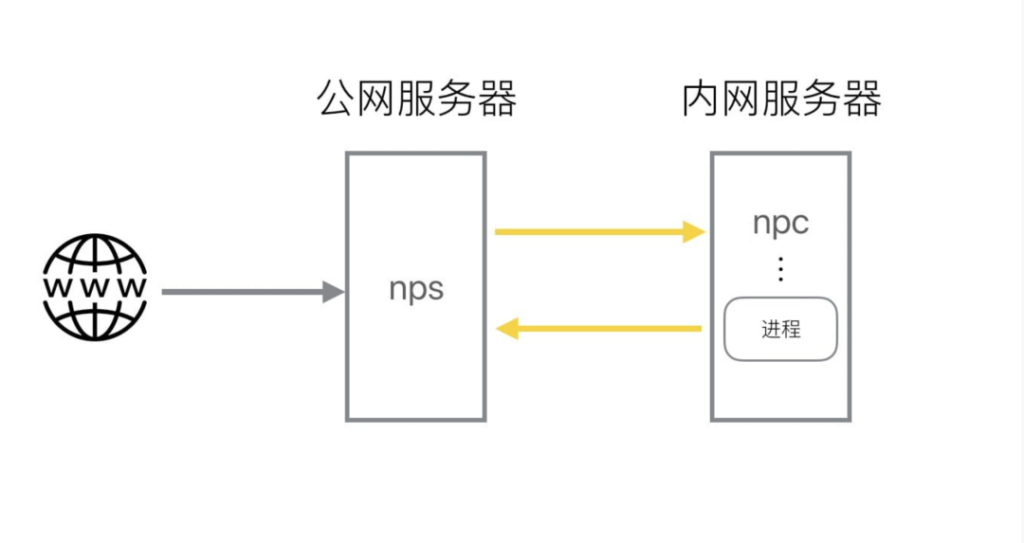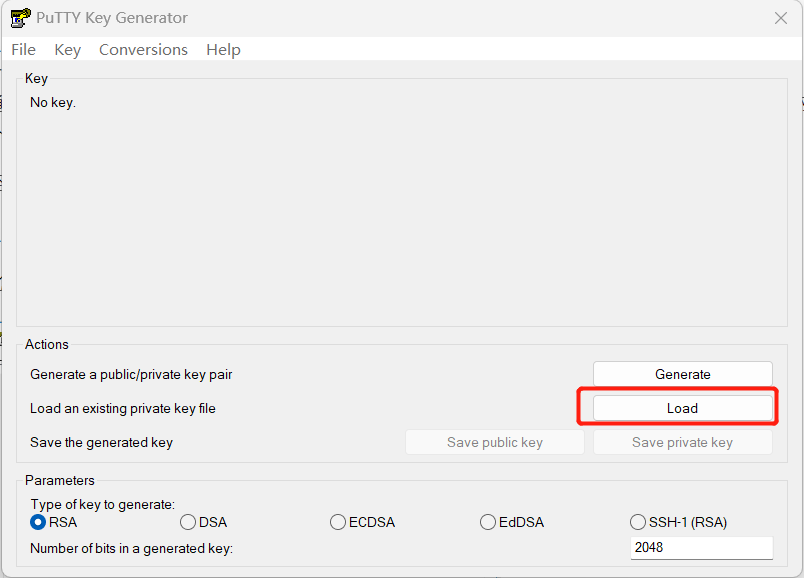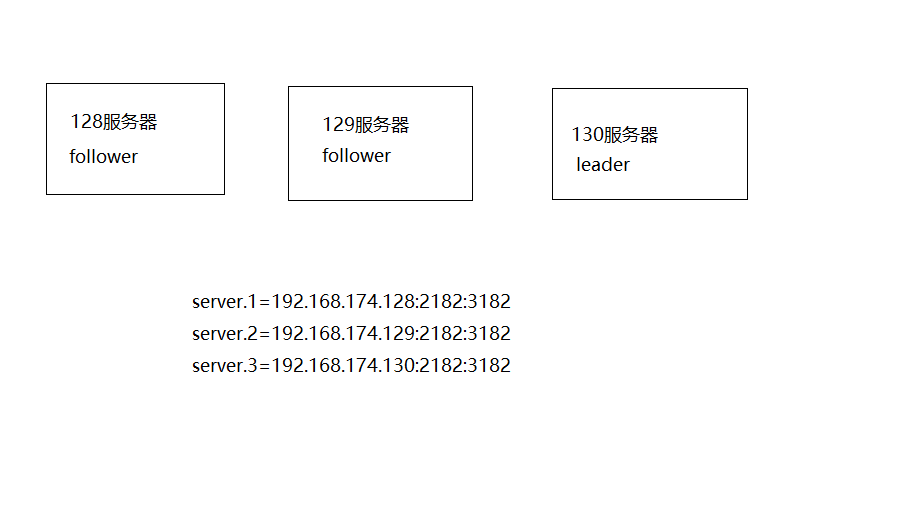本文最后更新于591 天前,其中的信息可能已经过时,如有错误请发送邮件到434658198@qq.com
SMBIOS(System Management BIOS)标准定义了多种不同类型的信息块,每个类型代表了计算机系统中不同方面的硬件和配置信息。以下是一些常见的SMBIOS类型及其含义:
- Type 0: BIOS Information 描述了计算机的基本输入/输出系统(BIOS)信息,包括版本号、发布日期等。
- Type 1: System Information 提供了关于整个计算机系统的信息,包括制造商、产品名称、版本号、序列号等。
- Type 2: Baseboard (or Motherboard) Information 描述了主板(基板)的信息,包括制造商、版本号、序列号等。
- Type 3: System Enclosure (or Chassis) 描述了计算机系统的机箱或外壳信息,包括类型、制造商、版本号等。
- Type 4: Processor Information 提供了关于安装在计算机中的处理器的信息,包括类型、制造商、频率等。
- Type 5: Memory Controller Information 描述了内存控制器的信息,包括类型、错误检测和纠正(ECC)能力等。
- Type 6: Memory Module Information 提供了关于安装在计算机中的物理内存模块的信息,包括类型、容量、速度等。
- Type 7: Cache Information 描述了处理器缓存的信息,包括级别、大小、速度等。
- Type 8: Port Connector Information 提供了有关计算机系统端口连接器的信息,例如USB、以太网等。
- Type 9: System Slots 描述了计算机系统的插槽信息,包括类型、使用状态、数据传输速率等。
- Type 10: Onboard Devices Information 提供了关于集成到主板上的设备的信息,例如网络适配器、声卡等。
- Type 11: OEM Strings 允许制造商添加自定义的字符串信息。
- Type 12: System Configuration Options 描述了系统配置选项,例如默认启动选项、电源管理等。
- Type 13: BIOS Language Information 提供了关于BIOS支持的语言的信息。
- Type 14: Group Associations 用于创建设备之间的关联关系。
- Type 15: System Event Log 描述了系统事件日志,如错误、警告等。
- Type 16: Physical Memory Array 描述了物理内存数组的信息,如容量、错误校验等。
- Type 17: Memory Device 提供了关于内存设备(模块)的信息,如容量、速度、位置等。
- Type 19: Memory Array Mapped Address 描述了物理内存与系统地址之间的映射。
- Type 32: System Boot Information 描述了系统引导信息,如引导设备、引导路径等。









😶
感谢分享
Fantastic read! I was especially impressed by the depth provided on the topic, offering a perspective I hadn’t considered. Your insight adds significant value to the conversation. For future articles, it would be fascinating to explore more to dive deeper into this subject. Could you also clarify more about the topic? It caught my interest, and I’d love to understand more about it. Keep up the excellent work!